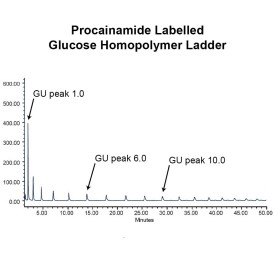Procainamide glycan labelling kit
![]() This kit is sufficient for labelling 96 samples of free glycans with procainamide (PROC) using sodium cyanoborohydride as a reductant.
This kit is sufficient for labelling 96 samples of free glycans with procainamide (PROC) using sodium cyanoborohydride as a reductant.
Procainamide labelling permits glycan identification by either mass spectrometry or UHPLC. Because of its improved ionisation efficiency compared to 2-AB labelling, it can permit the identification of minor glycans (1% relative peak area) by ESI-MS.
Each kit is suitable for labelling 96 samples (N- and O-glycans) and contains the following components:
- Procainamide dye (LT-PROC-01)
- Sodium cyanoborohydride reductant (LT-CYANOB-05)
- 30% acetic acid in DMSO (LT-ACETIC-DMSO-01)
Product specification
Application
For labeling of free glycans with procainamide (PROC).
Description
Ludger's procainamide labeling kit is suitable for N-glycans, O-glycans, GSL-glycans, heparin or any sugar with a reducing terminus. It uses the same reductive amination labeling method that has been used for 2-AB and 2-AA. Procainamide labeling is suitable 25 pmol – 25 nmol samples.
The kit contains reagents for the conjugation of dye to the free reducing end of the glycan by a reductive amination reaction with essentially stoichiometric labeling. Any purified glycans with free reducing termini can be labeled.
Procainamide – 4-amino-N-(2-diethylaminoethyl) benzamide
Procainamide labeling permits glycan identification by either mass spectrometry or (U)HPLC. Because of its improved ionisation efficiency compared to 2AB labeling it can permit identification of minor glycans (<1% relative peak area) by ESI-MS.
Dye Properties
Mass free dye = 235.33. Fluorescence, λex = 310 nm, λem = 370 nm.
Number of Samples: 96 separate analytical samples per set of labeling reagents
Amount of Sample: From 25 pmol up to 25 nmol glycans per sample.
Suitable Samples: Any purified glycans with free reducing termini can be labeled.
Structural Integrity: No detectable (< 2 mole per cent) loss of sialic acid, fucose, sulfate, or phosphate.
Labeling Selectivity: Essentially stoichiometric labeling.
Storage: Store at room temperature in the dark. Protect from sources of heat, light, and moisture. The reagents are stable for at least two years as supplied.
Shipping: The product can be shipped at ambient temperature.
Handling: Ensure that any glass, plasticware or solvents used are free of glycosidases and environmental carbohydrates. Use powder-free gloves for all sample handling procedures and avoid contamination with environmental carbohydrate. All steps involving labeling reagents must be performed in a dry environment with dry glassware and plasticware. Once individual vials of reagents are opened, their contents should be used immediately and excess then discarded according to local safety rules.
Safety: For research use only. Not for human or drug use Please read the Safety Data Sheets (SDS's) for all chemicals used. All processes involving labeling reagents should be performed using appropriate personal safety protection - eyeglasses, chemically resistant gloves (e.g. nitrile), etc. - and where appropriate in a laboratory fume cupboard.
Kit Content
Each kit is suitable for analysing 22 samples, and contains the following:
| Cat. # | Item | Quantity |
|---|---|---|
| LT-PROC-96 | procainamide dye | 130 mg |
| LT-CYANOB-96 | sodium cyanoborohydride | 72 mg |
| LT-ACETIC-DMSO-96 | 30% acetic acid in DMSO | 2000 µL |


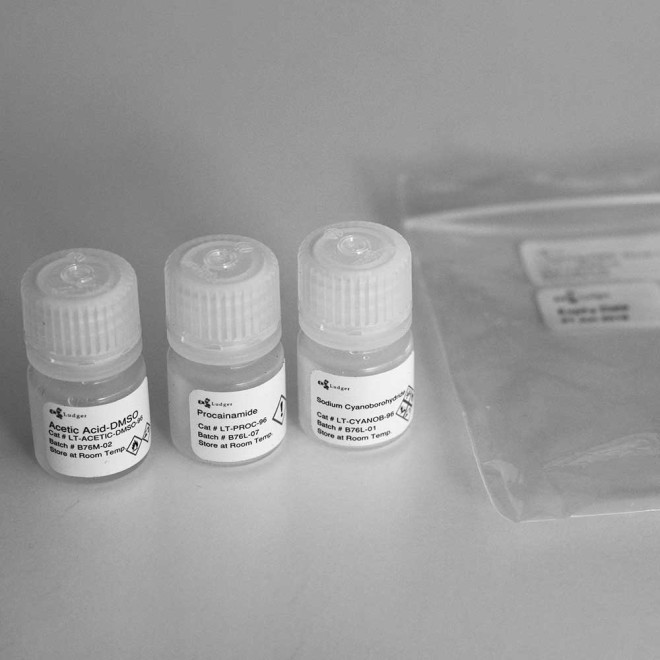
 Product guide
Product guide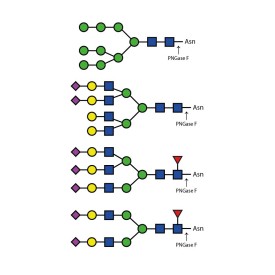

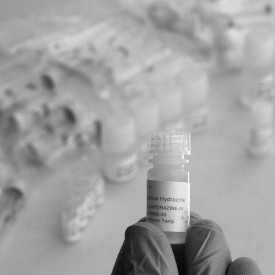

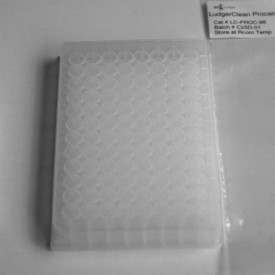

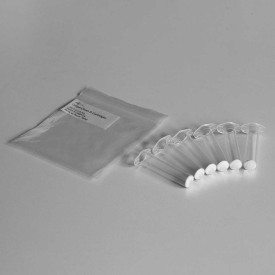

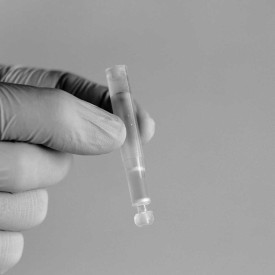

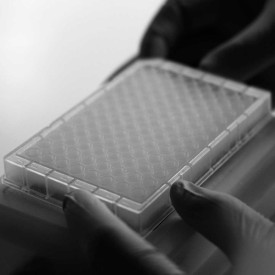

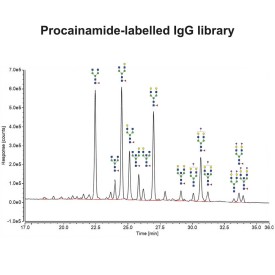

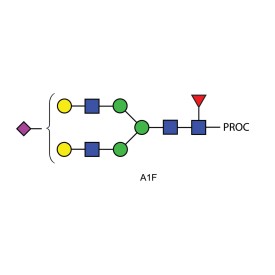
-275x275.jpg)
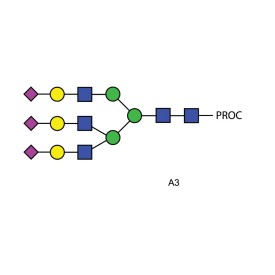
-275x275.jpg)
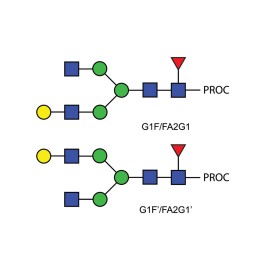
-275x275.jpg)
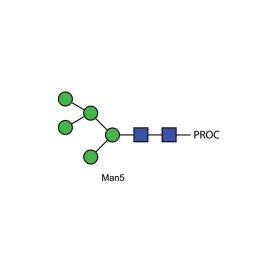
-275x275.jpg)
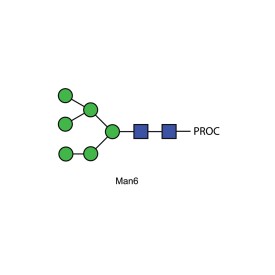
-275x275.jpg)
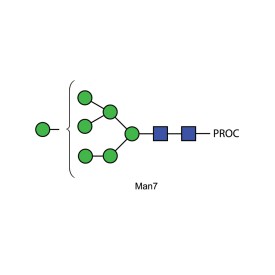
-275x275.jpg)
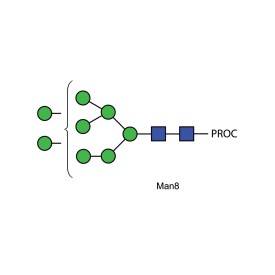
-275x275.jpg)
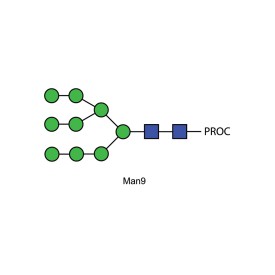
-275x275.jpg)
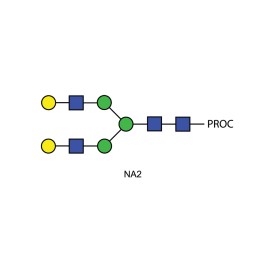
-275x275.jpg)
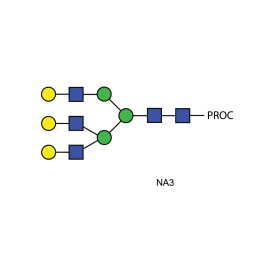
-275x275.jpg)
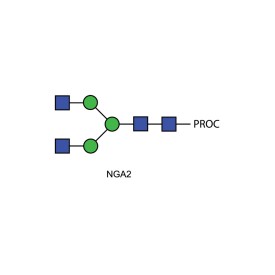
-275x275.jpg)
